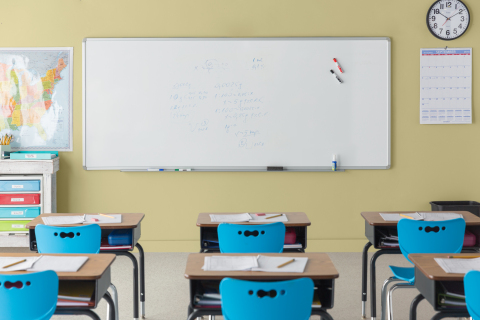According to some reports, the number of students with learning disabilities is higher than ever.
However, students with learning disabilities can still learn with STEM kits for kids well.
Many will continue their science careers with success!

What is a Learning Disability?
Learning disability is not always correctly used.
It is often used to describe unusual social behavior or explain poor academic performance.
However, visual, hearing and motor handicaps do not constitute learning disabilities.
Both are above-average intelligence.
According to the Mayo Clinic, learning disability is an information-processing disorder that prevents someone learning a skill or using it effectively.
Most experts believe that learning disabilities are neurological conditions (brain) at the moment.
These conditions may be genetic (inherited) or the result of birth problems or pregnancy issues.
Many learning disabilities are associated with other conditions that can affect behavior.
Examples of these include ADHD (attention deficit/hyperactivity disorder), and ADP (auditory processing disorders).
Learning disabilities can be real and affect the three R`s reading, writing, and arIthmetic.
Dyslexia
Dyslexia can affect the brain`s language processing. Dyslexic students find it more difficult to read due to confusion between letters, numbers and words.
Dysgraphia
Dysgraphia can affect handwriting , fine motor skills, and handwriting . Dysgraphia is similar to dyslexia in that it causes difficulty with spacing words and letters, as well as trouble forming letters. Others, like pen grip, are more distinct.
Dyscalculia
Dyscalculia can affect basic math comprehension. It can make it difficult for students to master addition, subtraction and multiplication. Students with it may lose their track of counting or have trouble using their fingers after others.
How is Learning Disabilities diagnosed?
Learning disabilities can often be accompanied by other disorders, behaviors, or conditions.
Usually, doctors are not the ones who diagnose learning disabilities, at least for school placement purposes.
Instead, students take assessment tests.
A series of tests can help distinguish between conditions that overlap.
This knowledge can be used to allocate resources where they are most useful.
All learning disabilities must be tested for intelligence and educational attainment.
Dyslexia testing
The student may be assessed by a specialist to determine…
- Speaking skills
- Spelling ability
- Vocabulary knowledge
- Reading comprehension
Dysgraphia Testing
The student may be assessed by a specialist to determine…
- Writing ability
- Hand grip
- Writing process
- Writing speed
Dyscalculia Testing
The student may be assessed by a specialist to determine…
- Counting skills
- Fluency in math facts or recall
- Calculation skills
- Listening ability
Teaching students with learning disabilities
Teaching students with learning disabilities is not a one-size-fits all approach.
Many people respond well to hands on science activities that stimulate their senses.
Science as a discipline is more flexible and exploratory than other subjects.
However, what is helpful for one person may not work for another.
Naturally, students are affected by how teachers behave. It takes patience to teach students with learning disabilities.
These are some tips to help students with disabilities or learning differences reduce anxiety.
You might be able boost your child`s science comprehension by using one or more of these.
- In advance, announce the work that you will be doing. This will allow the student to mentally prepare for the lesson without feeling “ambushed”.
- It`s easy to identify laboratory equipment.Make sure your workspace spaces are clean and tidy. Color codes can be used to identify tools and supplies. If cleanup is necessary, ask other students for help.
- Assignment lab and homework projects to be assigned according to your ability. Set a goal to determine how much your student can accomplish with a project. Keep it within a range that is challenging but not frustrating.
- Talk about real-world applications for classroom concepts. Students with disabilities are able to recall real-world examples that demonstrate science in action more than abstract theories.
- If necessary, bargain with the student __S.75__ Allow the student to choose assignments that are relevant to the lesson objectives.
Conclusion
Learning disabilities include all five senses but they are not handicaps.
These are not emotional or behavioral issues.
They are not curable at this time. They need to be managed.
They`re in one sense the same as our “weaknesses”.
Many parents, teachers, and therapists prefer to use the word “difference” instead of “disability”.
It is more optimistic and less restrictive. It`s also true.
Among the great scientists of the past, who may have suffered from learning disabilities, are Nicolai Tesla,Thomas Edison,Louis Pasteur, Michael Faraday and Albert Einstein.
Recent examples include Dr. Donald Francis, an epidemiologist, and Willem J Kolff who invented the first artificial kidney.